I love Sapin Sapin! It’s one of the top kakanins (native delicacies) that I will always crave and will never be tired of eating.
I have tried the ones from the malls, from the “merienda” street vendors, from the palengke (wet market) and the so-called “special” ones. All of them are good in their own way, but, what my palate always remember, is the kind that you buy from the wet markets in the Philippines….. made with simple ingredients and having the right texture.
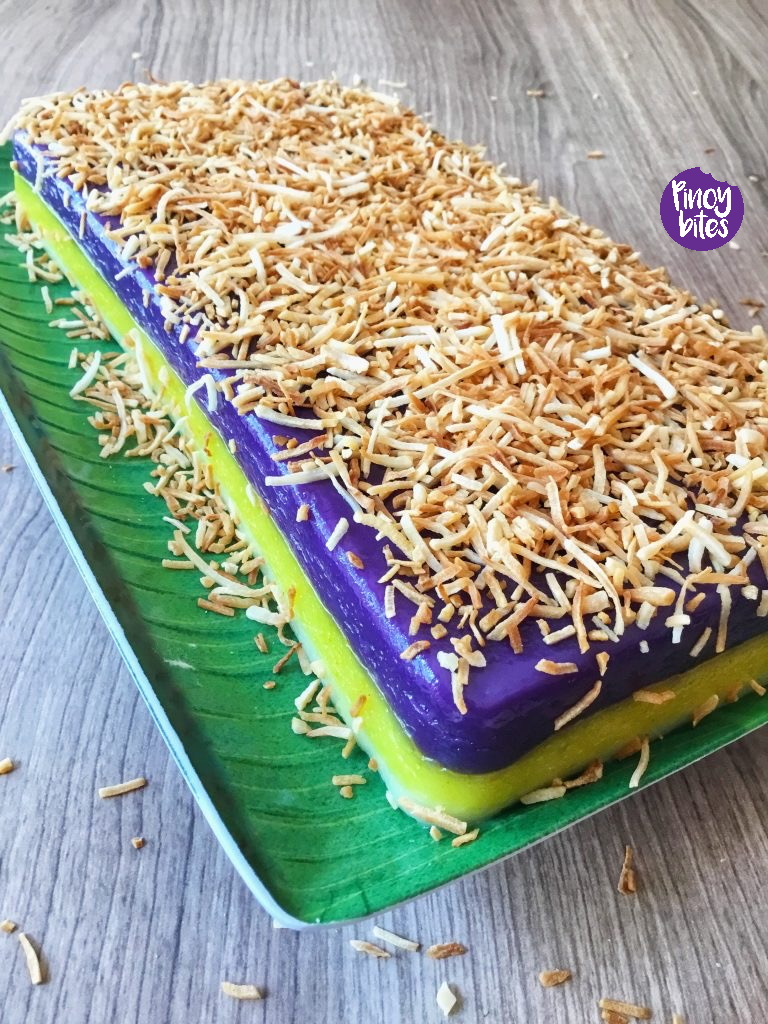
Craving for the right sapin sapin taste
A big disadvantage of living far from home is that we miss having a lot of the food we grew up eating. Just simple things that we took for granted then, somehow comes to mind when it’s no longer within our reach. I would buy sapin sapin here and also try recipes every chance I had, but it still wouldn’t be the taste I was craving for.
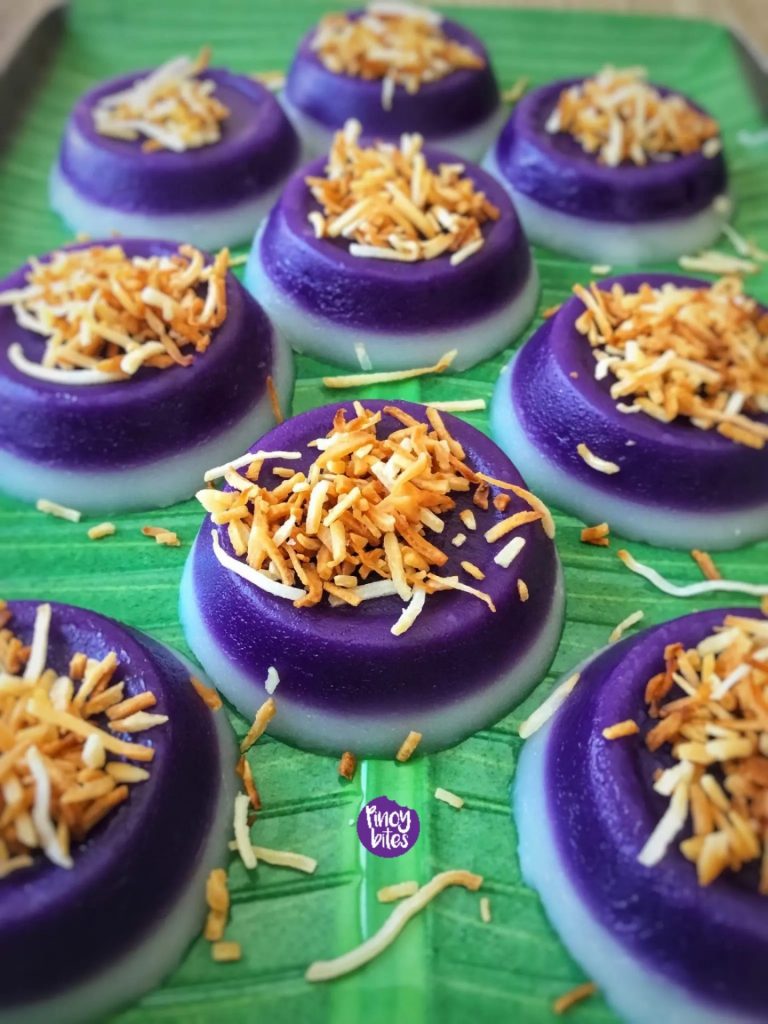
I sat down and tried to remember the taste and consistency I was looking for. After a lot of trials and errors, I still wasn’t satisfied. Then, I looked at it from a different angle. Since it was from the “palengke” and people have been selling and making it for a very long time, it must have been made with just a few simple ingredients. Most kakanins in the Philippines are made from rice, coconut milk and sugar. I concentrated on those 3 and played with the measurements.
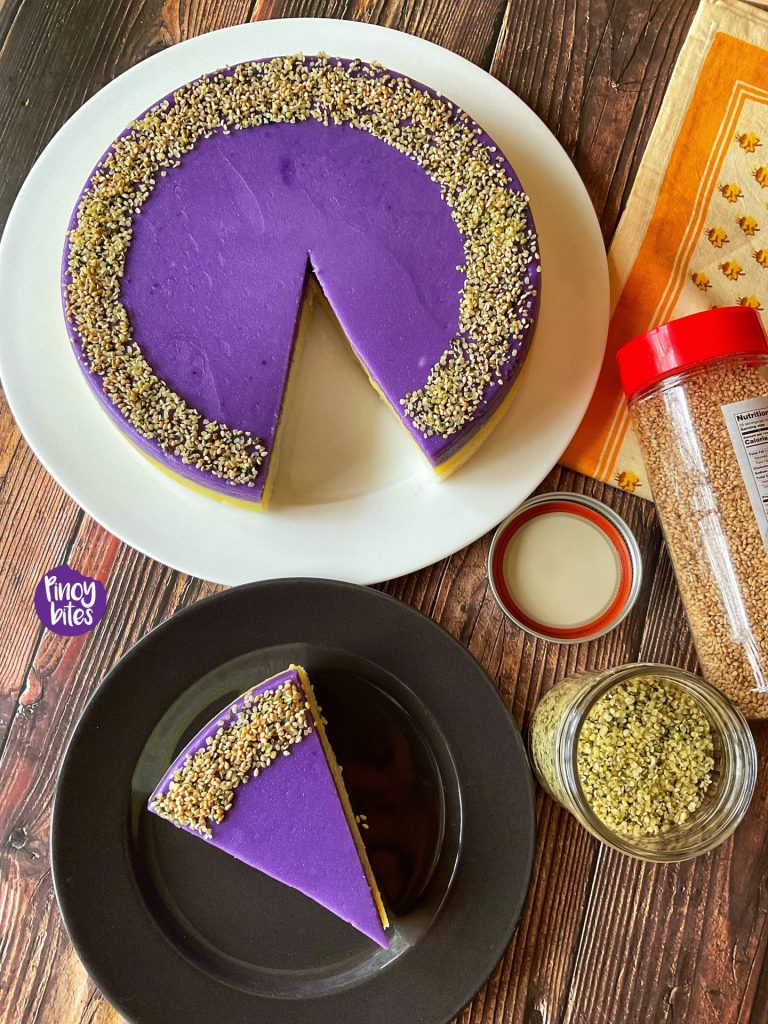
Getting it right
I didn’t think there’d be a time that I would not finish a serving of sapin-sapin on my plate. That time came because I made too many batches in a short period of time until I was truly happy with the results. This is what I think is that “palengke-style” sapin sapin that I love and always crave for. And as long as I don’t make it more than once a week, I will never ever get tired of eating it! Try it out!
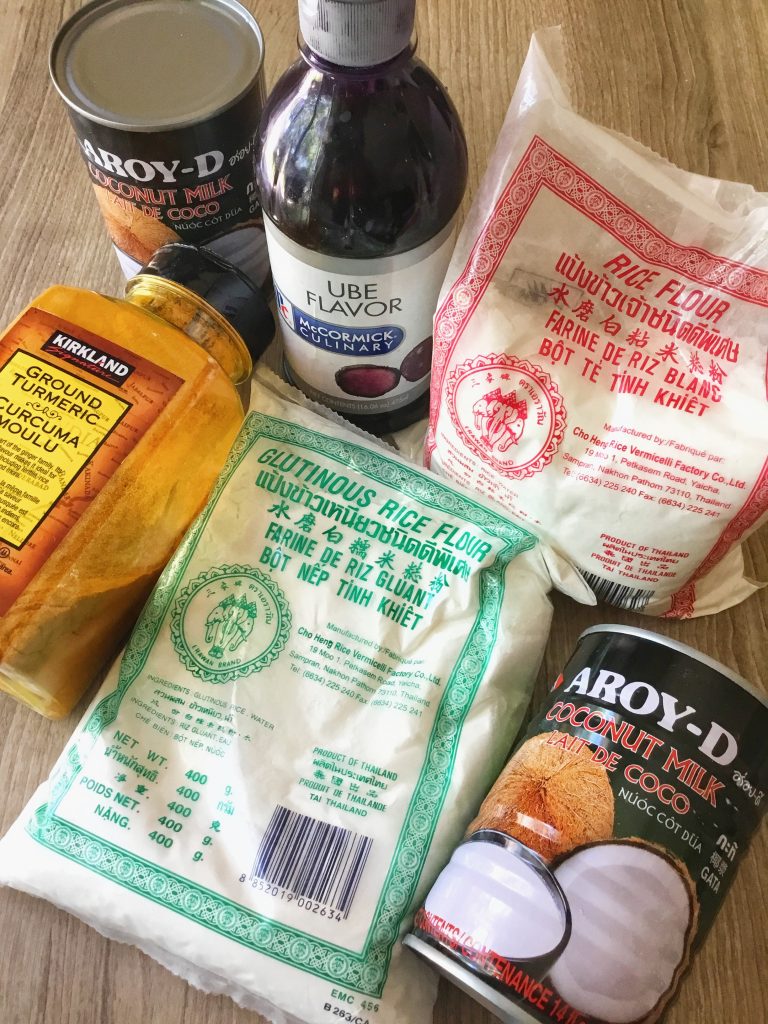
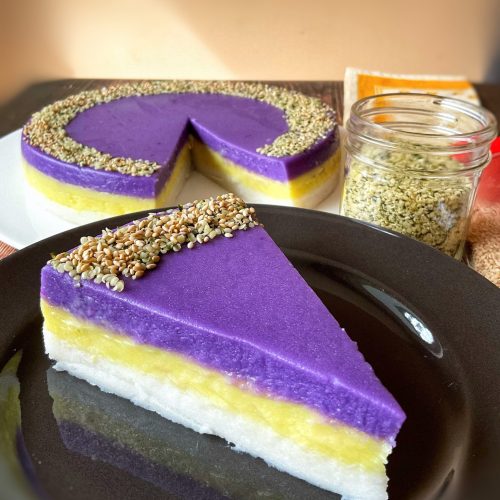
Palengke-Style Sapin Sapin
Ingredients
For the base:
- 2 cups glutinous rice flour
- 2 cups rice flour
- 1 ½ cups sugar
- 2 400 ml can coconut milk I used Aroy-D*
- 1 cup water
For the yellow layer:**
- ¼ teaspoon turmeric powder
- 1 Tablespoon sugar
For the purple layer:
- 1 teaspoon ube flavor I used McCormick
For the topping:
- ½ cup shredded unsweetened coconut toasted in a dry pan until golden
Instructions
- In a large bowl, combine all the ingredients for the base and mix until very smooth. Divide equally into 3 small bowls.
- Add the Ube flavoring to one bowl. To the next, add turmeric powder and 1 tablespoon sugar. Then, leave the other bowl plain. Make sure you dissolve the turmeric powder well. I usually strain the mixture through a fine sieve before steaming, especially the yellow part.
- Prepare the steamer by adding water. Turn the heat to medium while you prepare the molds. Liberally brush an 8×3 inch pan with oil. Pour the purple batter first and steam for 15 minutes. Then, pour the yellow layer on top and cook for 15 minutes. Lastly, do the same with the white batter but steam it for 20 minutes. Check to make sure the Sapin Sapin is set and cooked through.
- Carefully remove from the steamer and unmold. Top with toasted shredded coconut.
Notes
If you are into sapin sapin and other Filipino kakanins, you may want to check out our purple biko recipe. It is one of our more popular recipes here and we’re pretty sure you’ll like it.

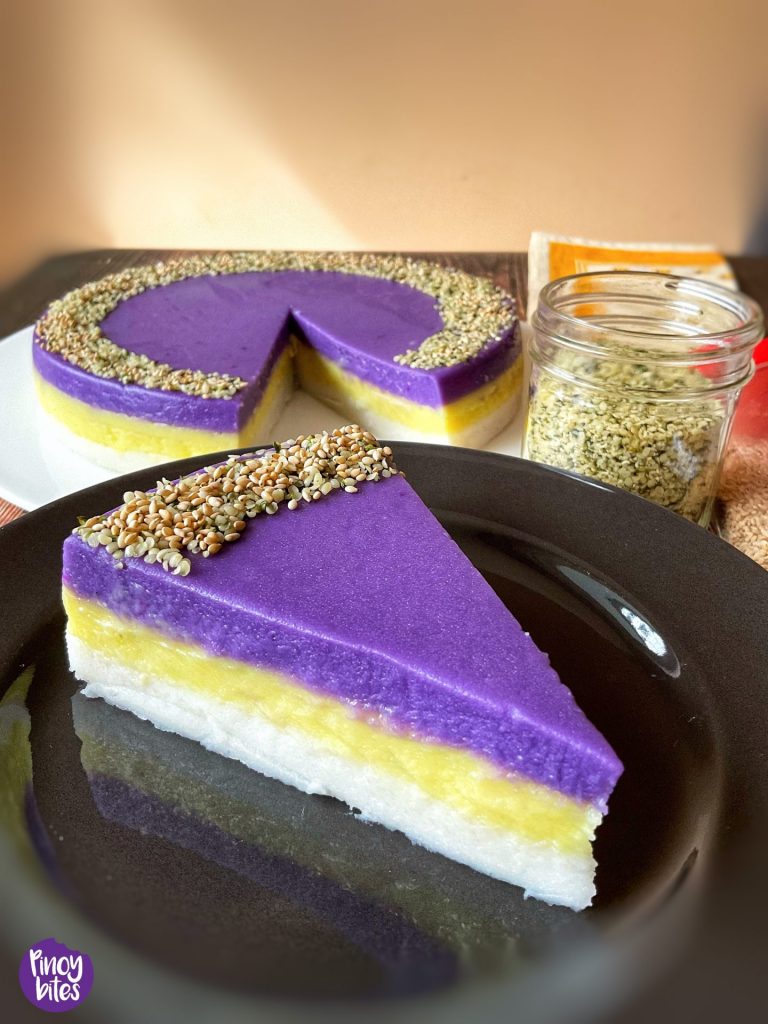

Looks really yummy! Awesome recipe again Pam! Thanks so much for sharing your recipes to everyone. Keep it up.
Thank you for the kind words, Jessica! You just inspired me to keep going.😍
This is how I also like sapin sapin – palengke style! Other recipes on the Internet does not really taste the same as the sapin sapin I grew up with. Thanks for sharing your recipe!
I feel the same way, Jackie. This is how I like it too…. no-fuss, just basic ingredients. Brings me back to my childhood, every time I make this! Thank you!😍
Thanks for sharing this recipe Pam!! Now, it’s my turn to do it 😊
Thank you! I’m sure this is super easy for you😍
Can i use all purpose flour instead of rice flour?
Hi Venice! Sorry but all-purpose flour won’t work in this recipe. Rice flour is gluten-free unlike all purpose and they totally differ in water absorption, texture, etc. so the end result will not be the same. Hope you can find rice flour. Thanks for stopping by!😊
[…] have a number of these delicacies written down like the Palengke-Style Sapin Sapin, Biko with Latik, Purple Biko, Suman sa Lihia, Puto, Puto Bumbong, Bibingka (and a few more) but I […]